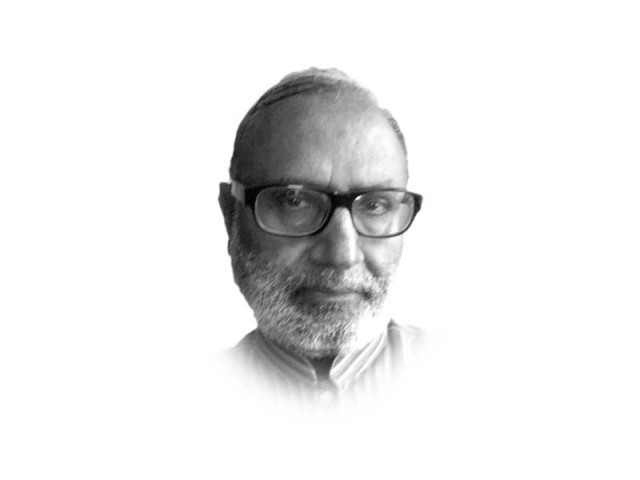Some numbers to ponder
SPDC's latest report focuses on formulating a localised indicator framework for measuring progress on SDGs

At a time when think-tanks are tanking or being replaced by think-this or -that, it is encouraging to see Social Policy and Development Centre (SPDC) maintaining its tradition, started in 1995, of producing an authentic annual report on issues skirted by the policymakers and tangential to the mainstream media. The latest report focuses on formulating a localised indicator framework for measuring progress on Sustainable Development Goals (SDGs). The purpose is to find a monitorable minimum out of the enormity of goals (17), multiplicity of targets (169) and a myriad of indicators (232). In the process, the SPDC has come out with some interesting numbers that, in my view, must be placed in the public domain. As usual, Pakistan was quick to adopt SDGs without much thought in 2016 by a unanimous parliamentary resolution. In 2018, the National Economic Council also approved a National SDGs Framework. All the spadework, of course, was done by the donors. The SPDC study chooses five social goals — no poverty; good health and well-being; quality education; gender equality; and reduced inequalities. Globally, there are 81 indicators to measure progress, but Pakistan has data for 33 only. Using available data, national indicators are identified for each social SDG and composite Indicators calculated for each SDG separately, besides an overall Index for social SDGs.
The overall Index comes out a pathetic 48.8%, with Punjab leading the pack with 51%, followed by KPK at 45%. Sindh falls further behind at 42% and Balochistan way behind at 33%. This, the report says, is hardly the launching pad to achieve any respectable standing by 2030. The composite indices for individual goals reflect Punjab’s lead. Thus, income inequality has reduced by 4.4 points at the national level, but it is solely attributable to the improvement of 8.7 points in Punjab. Inequality in all other provinces increased. Between 2013-18, multidimensional poverty declined in all provinces, the largest in Punjab. There was an improvement of 6.1 points in the composite index of poverty. Health showed the highest improvement with the composite national indicator increasing by 17 points. Among provinces, Punjab again leads with Balochistan a surprising second. Balochistan experienced an increase in its index of as much as 38.8 points, while Punjab increased its points by 27.7. This does not mean that Sindh and KPK did badly. As a mater of fact, KPK’s score of 60.1 points was the highest, followed by Sindh’s 57.7 points. Education fares the worst. The national composite index in 2019 stood at 47%. Education for all, or a score of 100%, will continue to be a distant dream. The change since 2015 was shamefully low at 0.8 point. It was negative in Sindh, KPK and Balochistan and a ridiculously low in Punjab (2.6 points). Article 25-A and the consequent legislation notwithstanding, the enrolment rate of children aged 5-16 years actually decreased from 69.9% to 69.5% between 2015 and 2019. Serious disparities persist between provinces, rural and urban areas, and in gender terms.
While the federal government can only talk and confuse the people by floating misconceived notions of a single curriculum, the action lies with the provinces. Social sector is their domain. Is it their priority? The analysis of provincial spending carried out by the SPDC concludes it isn’t. Post 7th NFC, the resources of provinces increased by 2.05 percentage points of GDP by 2018-19, but the social sector spending increased by only 0.94 points. It seems that the Award has worsened the federal constraints of defence and debt servicing, without the expected shift towards social spending in the provinces.
Published in The Express Tribune, October 8th, 2021.
Like Opinion & Editorial on Facebook, follow @ETOpEd on Twitter to receive all updates on all our daily pieces.














COMMENTS
Comments are moderated and generally will be posted if they are on-topic and not abusive.
For more information, please see our Comments FAQ